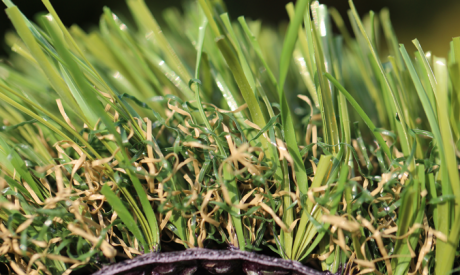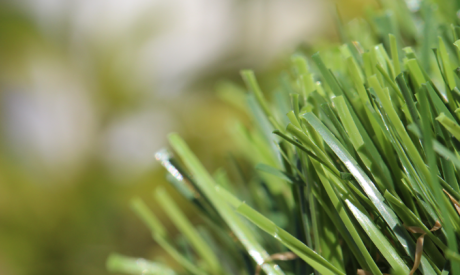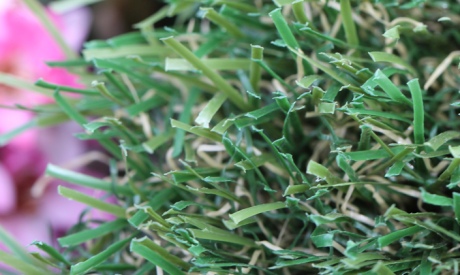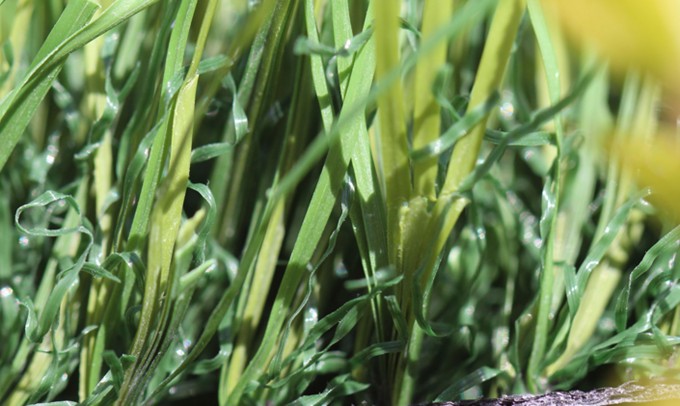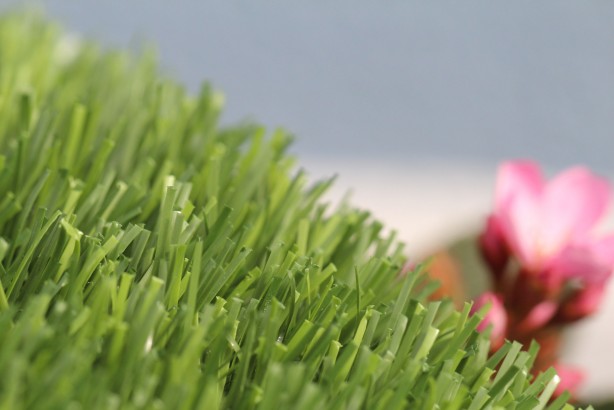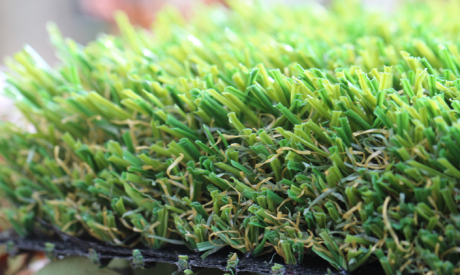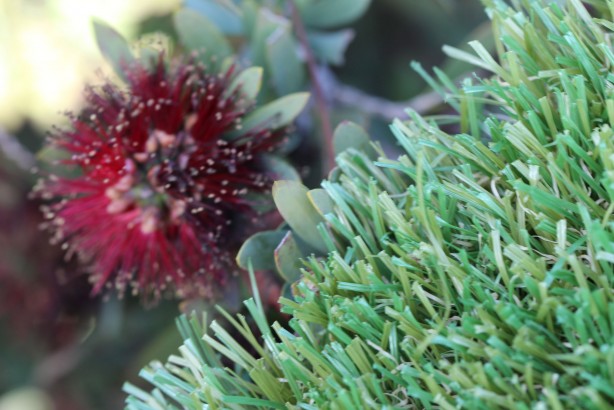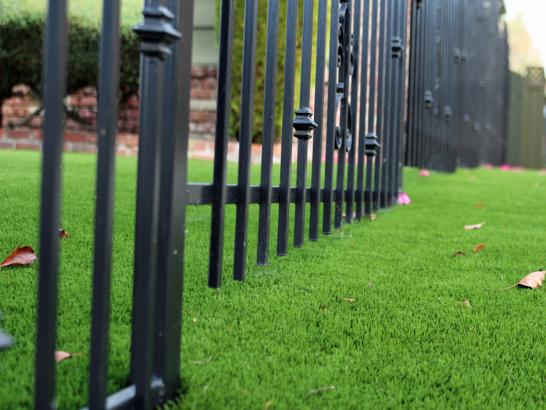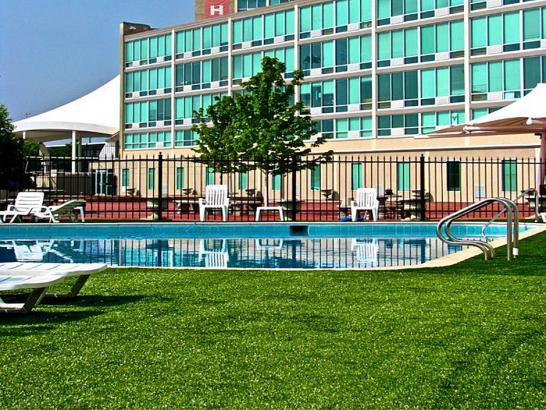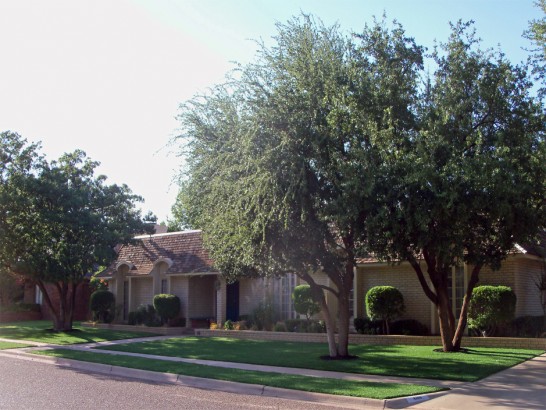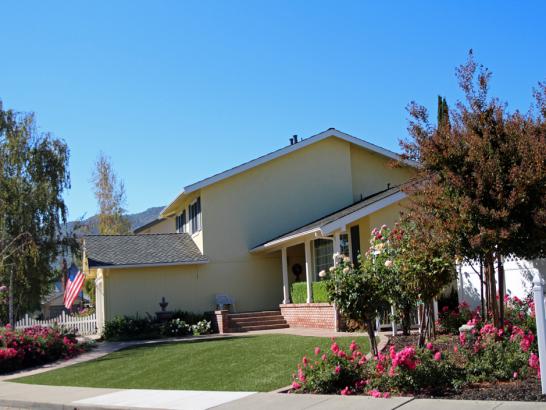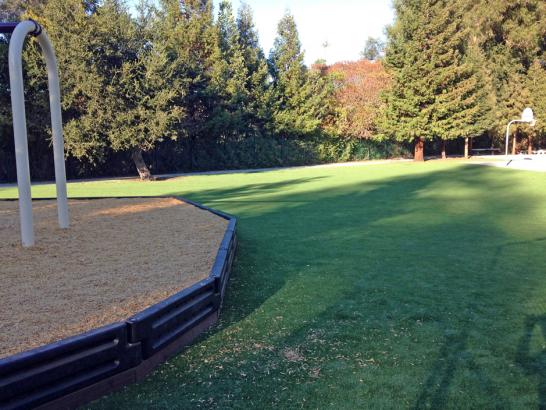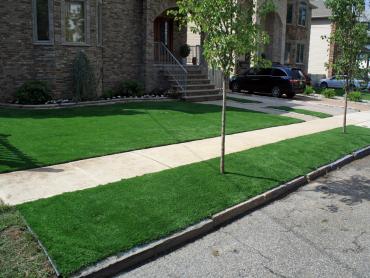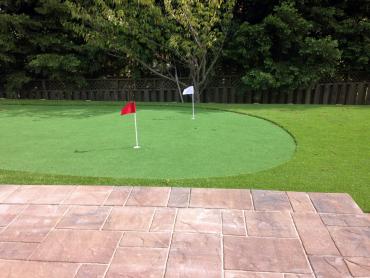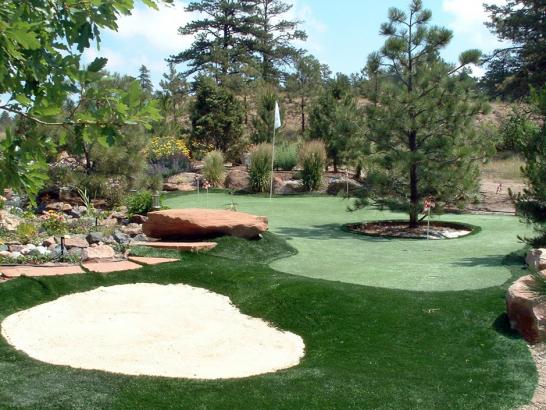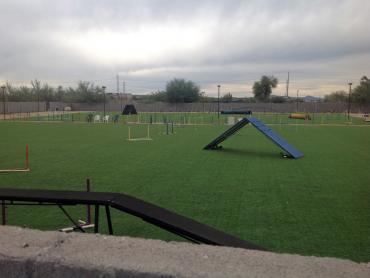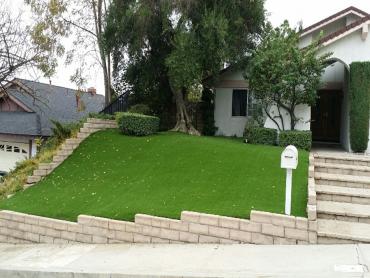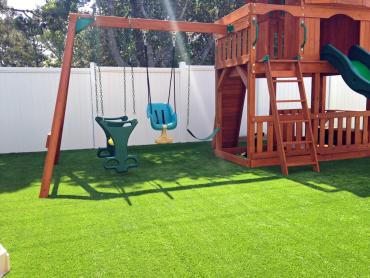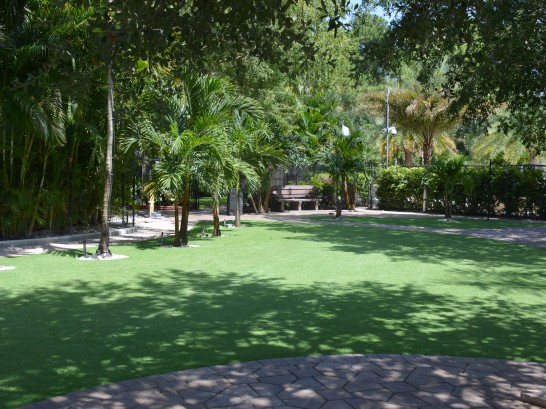We are honored to be a part of the remembrance of Drake and other police canine companions, fallen protecting us. Drake was shot four times on November, 18 2012. He was a German Shepherd retired from a force. In spite of heroic efforts by the best veterinarians in the country, Drake didn't make it. He passed away five days later after shooting.
In the interview to local news, Dr. Simmons' stated: "They (police dogs) are currently classified as equipment, - the depreciable equipment with no value when they are retired. Do dogs deserve some form of status? Hero Status really..."
The video has been captured at K-9 dedicated Drake and other fallen police dogs Memorial in Greenacres, Florida where GST donated one of our best products - PetGrass-85. Dr. Ken Simmons gives a complete overview of the project done at the Memorial and the ultimate guide to every step of the installation process. Thank you, Dr. Simmons!
Global Syn-Turf produces more than 65 different lines of artificial grass, and some of it needs special care during the installation. The good example of it is our Pet Grass 85. Designed for an ideal drainage, the backing of this product has no stitch lines, and as an installer you must pay an extra attention to details.
"We've been using this product for the better part of ten months, and some rain storms have come through that were quite substantial, and we've had absolutely no flooding. There are no smell issues at all. " - said Dr. Simmons. "We have large dogs running at high speeds turning on a dime. Carpet (artificial grass) is not separating. It is no falling apart anywhere. And clients, the perception, that they have now of our park is that it looks like an Augusta National Golf Course. I am very impressed with Dave Maronic and his team for providing us this turf for the Drake Memorial because it is very special thing for us since we have a veterinary hospital, and now we have a Memorial Park that is absolutely spectacular. The turf is just made it wonderful."
Below is the full transcript.
If you already own a dog care facility, where lots of dogs are playing at the regular basis, you know that regular grass, although beautiful and very friendly, often dies from disease, it dies from the urine. It gets wet with puddles from rain, and it turns into a mud bath, and all of your pets are playing in this.
Once you are committed to the idea that you are going to spend the money to have your natural grass replace with an artificial turf, the very first step is to remove the existing material that's in your park. And so, my suggestion is to take out, depending on the value of dogs that are going to be playing in the park, up to 8, maybe even 10 inches of fill, so you end up with a space that can then be packed with the drain rock, and other products.
There is actually quite a lot to this first stage of removing the fill that is there. So you must be careful because of the sprinkler pipes, water lines, electrical wires, antennas, cables, whatever might be in the ground. You need to be very careful and identify all those things. If there are sprinkler zones, they need to be relocated outside of the perimeter of where the turf is going to be laid, so you don't have to dig it physically up to get to it.
If you encounter something that needs to be remained in its current position, identify it and place it in the protective box or cabin of some sort, and ultimately you can still cover it with the turf, and allow yourself access at the later date.
Once the fill has been removed to a measured grade, the next step is bringing in number 57 rock. It's essentially septic drain fill rock. It's an inexpensive product, and here is where you are really want to be an opposite to thrifty. You want to use a lot of this rock. Give yourself at least six to eight inches of base rock compacted, and you are going to end putting a concrete screening over the top of this, but the very next step is to bring the rock in, approximate the level, and then go over it with a compactor, and follow it with a concrete screening, which is a fine concrete dust. That would be laid on top of the septic drain rock and compacted as well. That would be about four-inch bed.
During the removal of the fill, you are going to encounter the places in your project that do not have linear or a hard surface upon which to attach the turf. That's where you need to pour a concrete curb to give yourself that option. If you have an existing sidewalk, it can be used nicely. Even existing paver or walkways that have a concrete edging can be used to attach the turf. But where there is nothing, you need to replace it with a concrete curb, probably a four-inch wide curb 6 or 8 inches deep that allows you to tack turf to the curb.
Compacting the septic drain rock as well as the concrete screening is the essential part for this, and needs to be done very carefully and very meticulously. The rock should be moistened with water and tamped as a wet rock, and, ultimately, once the septic drain rock is tamped down, and you are going to lay this four and five inches of concrete screen on top, you do the same thing and tamp it down. It will be surface, but very pervious surface when you finished. You want to take extra care to make sure the details are done correctly on the curb edge, around any objects that might be left behind, trees and the like sometimes can be in the middle of your project. You want to cut around those trees and put some formed curb around them. And this part is very critical.
Once you finished placing the rock and tamping it down and doing all the prepping that needs to be done, the next step is roll out the carpet. And this is a very important step because the carpet needs to be rolled out, so the grain matches anywhere you seam it. You can't turn the carpet perpendicular to itself, and end up with a good seam. The company that worked for us did a great job. Coastal Synthetic Turf has some technicians that were able to make the seams completely invisible. So the carpet is laid out in its approximate location as the first step and trimmed to fit the location.
Any place where the seam is required with the dog's turf s really-really important to take a time, to make sure the edges match up perfectly. And then a piece of double-sided, large, white material is laid down, and nailed to the ground such that when the turf is applied to the top of the glue that would be laid on top of that will stick and create a perfectly nice seam.
Once the seam is placed together on top of the glue, carpet is actually nailed to the ground to ensure that it stays tight to the seam.
Once the seams are completely finished, large, heavy bags of sand are laid across a scene to make sure they are hold up together.
As always during this process there will be a lot of clipping, and trimming, and edging things perfect, and that's critical. The details make all the difference.
And the final stage is to apply sand in quantity to weigh carpet down, to keep it from fluffing around. And then it's brushed very aggressively with a broom to settle into the carpet.
The goal behind this entire process is to give yourself a fairly significant drainage system beneath the carpet so that when water is applied to it in a great quantity, it flows to the carpet and directly to the drain system.


